Understanding n-p-k and what it means when growing cannabis
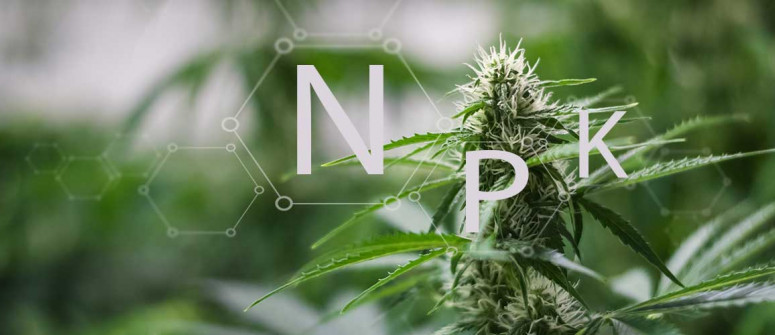
NPK is a formula used to list the 3 key ingredients needed to grow cannabis: nitrogen, phosphorus, and potassium.
NPK stands for nitrogen, phosphorus, and potassium, the 3 key ingredients needed to grow healthy, strong, and budding cannabis plants. Managing the levels of these nutrients is an important part of growing and can be done using store-bought fertilizers or natural alternatives.
WHAT IS NPK?
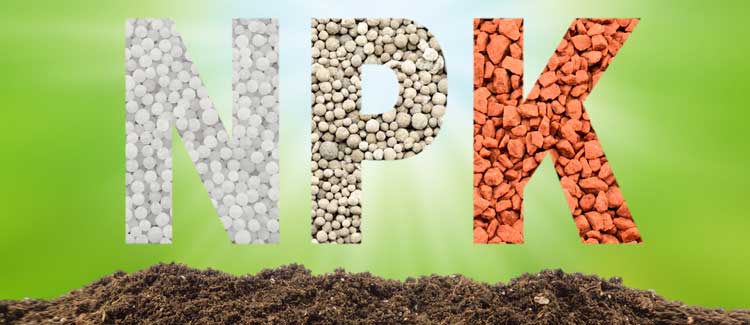
NPK is a formula for the basic nutrients cannabis plants, and most other plants, need in order to survive. It stands for nitrogen (N), phosphorus (P), and potassium (K).
Nitrogen, phosphorus, and potassium are the basic nutrients needed to grow plants and are found in most commercially available fertilizers in different ratios. All three compounds are also found in compost, which is a great alternative to synthetic fertilizers, although the exact ratio of these can be harder to calculate when composting.
WHY IS NPK IMPORTANT?
Cannabis plants need nitrogen, phosphorus, and potassium all throughout their life cycle. These 3 nutrients play distinct yet equally important roles in the development of a cannabis plant:
Nitrogen: Although nitrogen is readily available in the atmosphere, most plants (except legumes) can’t absorb it from the air and instead need to take it up from the soil via their roots. It is particularly important for photosynthesis and is usually a major player in a cannabis plant’s diet during the vegetative phases.
Nitrogen is vital for the production of chlorophyll, which plants use to convert carbon dioxide (or CO2) from the atmosphere into glucose, used as energy to fuel growth. Some natural sources of nitrogen include animal by products like manure from poultry or blood meal.
Phosphorous: Unlike Nitrogen, phosphorus is hard to find in its natural form in the environment, mainly because it is highly reactive to other substances. Phosphorus is vital for the development of strong roots.
Flowering cannabis plants usually need extra phosphorus, which is reflected in its higher concentration in fertilizers designed for use during flowering.
Potassium: Like nitrogen and phosphorus, potassium helps strengthen a plant’s metabolism and is necessary for both photosynthesis and the plant’s production of vital proteins. It also helps strengthen the plant’s immune system, leaving it more resilient to pests, infections, and diseases. Like potassium, it is a very reactive substance and usually isn’t found in its natural form in regular soil.
While nitrogen, phosphorus, and potassium are important all throughout the cannabis growth cycle, the ratios in which plants need these nutrients changes depending on which part of the growth cycle a plant is in.
Seedlings, for example, need different nutrients to plants that are about to begin flowering. Here are some basic guidelines to the NPK needs of cannabis plants in various stages of the growth cycle:
HOW TO USE NPK WHEN GROWING CANNABIS:
NPK FOR VEGETATIVE CANNABIS PLANTS
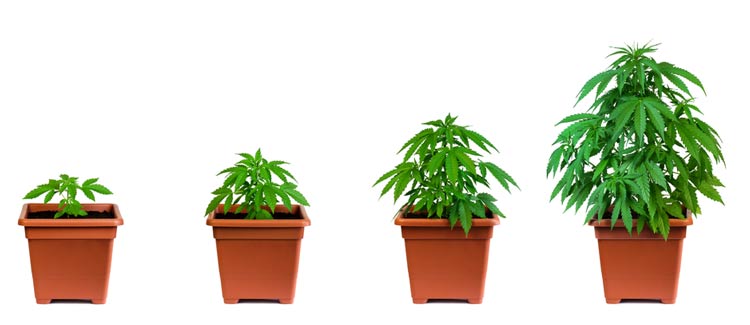
The vegetative cycle can be separated into 3 different stages; seedling, early, and mid vegetative phases.
Seedlings with only 1 or 2 sets of leaves usually require low levels of these primary nutrients in order to stimulate and encourage growth of the plant. These plants usually require a 2:1:2 NPK fertilizer.
Once your seedlings have developed at least 5 bladed leaves, you’ll want to step up the nutrients in their fertilizer to meet their growing demand as they progress into the early vegetative phase. Growers will typically use a 4:2:3 fertilizer during this stage, as these young plants do well with a slightly higher dose of nitrogen. This also goes for clones.
In mid-vegetative phase, it’s time to really boost nutrient levels in order to promote fast, vigorous, and robust growth in your plants. Most growers will switch to 10:5:7 fertilizer during the mid vegetative phase.
This final stage, known as the late vegetative phase, last up to the last week before flowering. Most growers will lower the nitrogen levels in their fertilizer by about 25% or move to a 7:7:7 fertilizer to help ease the transition into the flowering phase.
NPK FOR FLOWERING CANNABIS PLANTS
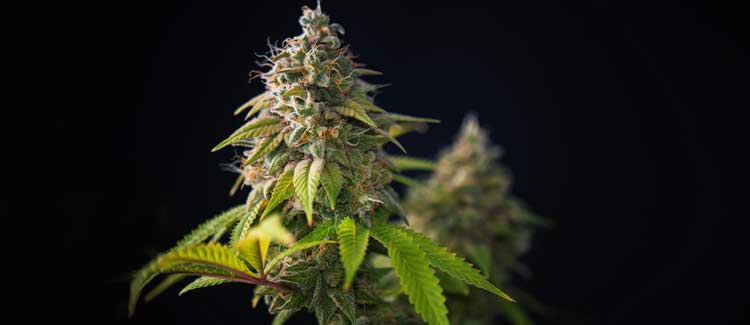
Like the vegetative phase, the flowering phase for cannabis is divided into different phases; early, mid, and late.
During the early stages of the flowering cycle, most growers like to dial up the phosphorous levels with a 5:10:7 fertilizer. From there, most growers will continue driving up the overall nutrient levels on all fronts, always keeping phosphorous levels higher to help the production of flowers. 6:15:10 is a common fertilizer used during the mid flowering stage.
Finally, most growers will drive down the fertilizer strength during the final stages of flowering before washing out their plants completely in the last week; 4:10:7 is a common fertilizer to use during the last weeks approaching harvest.
NITROGEN, PHOSPHORUS, AND POTASSIUM SOURCES
FERTILIZERS
Most commercially available fertilizers used to grow cannabis will include nitrogen, phosphorus, and potassium in varying concentrations. This is usually clearly displayed on the packaging of the product in numbers like those used above. Note that these numbers are always in the same order; N, P, and K.
HOMEMADE FERTILIZERS
Some growers choose to make up their own fertilizer mix. This is a great option for experienced growers who want more control over the nutrients their plants get, but it can be a bit challenging for inexperienced cultivators.
In fact, some of the ingredients used to make fertilizer mix can react when mixed incorrectly, so make sure you know what you’re doing if you choose to go down this route. Making homemade fertilizers also requires precision measuring to ensure the mixture has the right concentration of N, P, and K.
If you’re interested in trying to make your own homemade fertilizer, here is a basic mixture you can start with to get your plants all the basic nutrients they need:
- 4 parts cottonseed meal
- 2 parts phosphate
- 2 parts wood ash
- 1 part limestone
- 1 part kelp meal
NATURAL FERTILIZER ALTERNATIVES
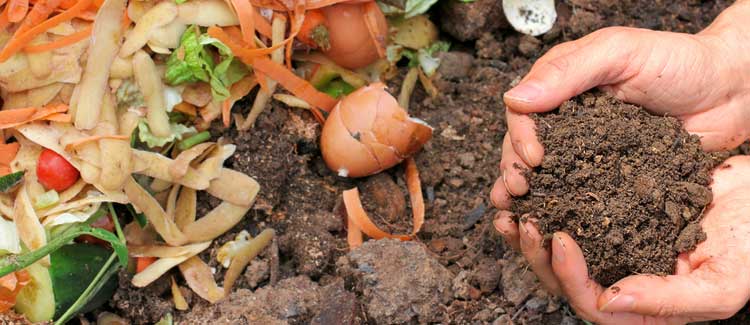
Instead of forking out hard-earned cash for store bought fertilizers or the materials to make a fertilizer mix, many cannabis growers try to make their own nutrients at home from readily available organic material.
This can be as simple as starting a vegetable compost in your garden or buying/sourcing your own manure. When composting, some great ingredients to throw into the mix include:
- Eggshells
- Citrus peels
- Worm castings
- Coffee grounds
- Fruit and vegetable scraps
- Natural tea bags
- Stale bread, crackers, and cereal
For extra nutrients, you may want to add some of the following ingredients to your compost as well. However, you may need to buy some of these ingredients as they are harder to source than those listed above:
- Bone and blood meal
- Wood ashes
- Chicken manure
- Fish emulsion
If you choose to use compost or natural fertilizers rather than store-bought nutrients, remember that you’ll have to test your final product for its NPK concentrations. While it isn’t so hard to do, it does put extra strain on the grower and might not be the best option for novice cultivators.




